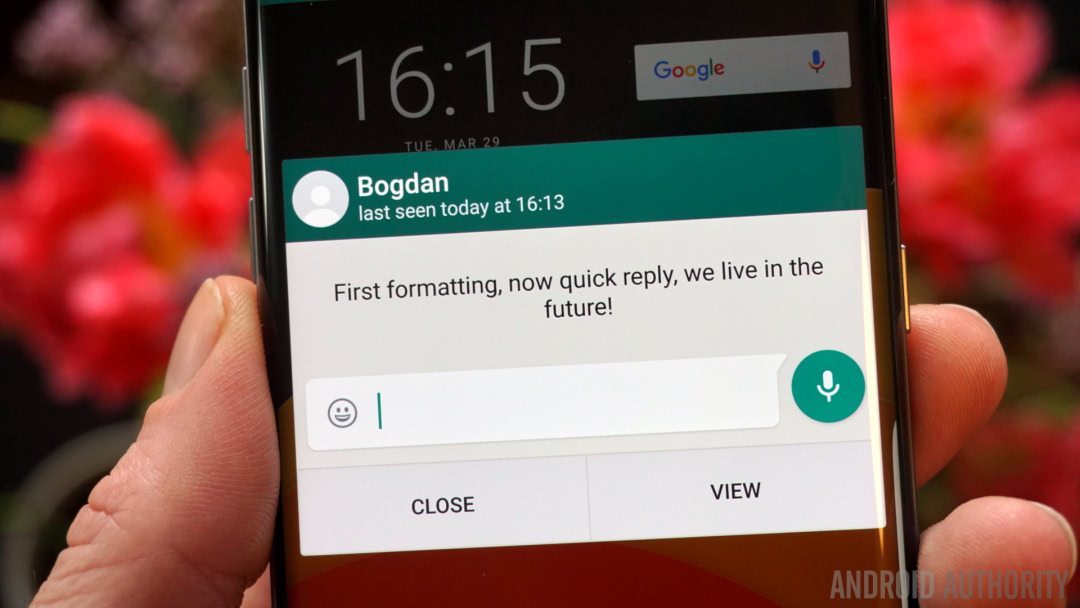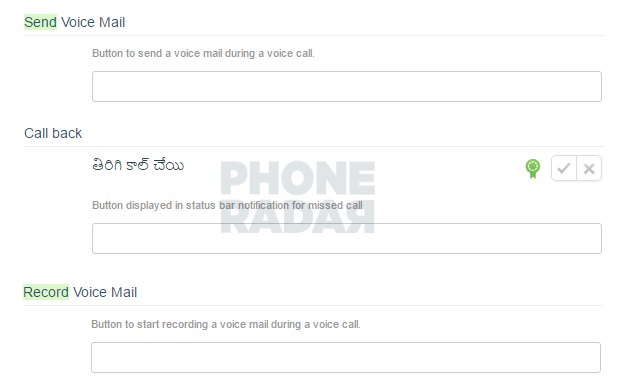Affiliate links on Android Authority may earn us a commission. Learn more.
New features potentially coming to WhatsApp: voice mail, call back button, and ability to send ZIP files

WhatsApp is still growing like wildfire, and the WhatsApp team is happily stoking the flames with new features.
Phone Radar unearthed translation requests suggesting that WhatsApp is working on adding the ability to record voice mails, a “call back” shortcut in the notification panel, and the ability to send archive files.
These translation requests are strings of texts that volunteers have signed up to localize for WhatsApp. As such, they occasionally contain hints about upcoming features – for example, before WhatsApp voice calls were made official, the feature was leaked thanks to a translation request.

Send Voice Mail will allow users to send an audio message from the voice calling screen. The feature appears to be distinct from the existing functionality that lets users record and send audio messages from the chat interface.
With Call Back, Whatsapp will show a call back button in the missed call notification. This will either open the full app or work along the lines of the quick reply feature for chat messages that WhatsApp introduced in March.
Finally, in addition to PDF and other document files, WhatsApp will allow you to transfer ZIP files.
To be clear, we have no guarantee that these new features will hit WhatsApp in the close future, but given the steady pace at which the messaging service has been adding functionality, we wouldn’t be surprised to see them implemented by this summer. Since the beginning of 2016, WhatsApp dropped its usage fee, added a flurry of emoji, added document support, quick reply and text formatting, and went all in with message encryption.